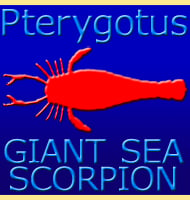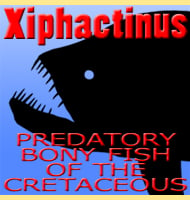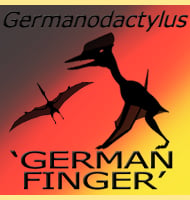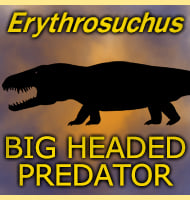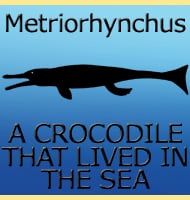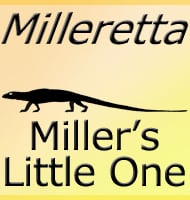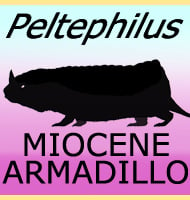In Depth
This small mammal is most important for being the earliest known dryolestoid mammal from South America. However it is more famous for its unusual arrangement of teeth. Cronopio had very slender jaws and in the centre of the top jaw there were two enlarged canine teeth, something which has given rise to the nickname of ‘sabre-toothed squirrel’. Another resemblance is to that of the cgi character Scrat in the Ice Age films.
These enlarged canines as well as the jaws were quite gracile in form, and certainly not suited for strong biting. Instead the main food processing teeth were much smaller and suited for eating insects. It could be that the enlarged canine teeth had a special purpose, such as making it easier to disable a particulary dangerous species of insect, or combined with the narrow jaws to root into nooks and crevices. It is also possible the teeth may have been more for show rather than physical use.
Further Reading
– Highly specialized mammalian skulls from the Late Cretaceous of South America. – Nature 479:98-102. – G. W. Rougier, S. Apestegu�a & L. C. Gaetano – 2011.

